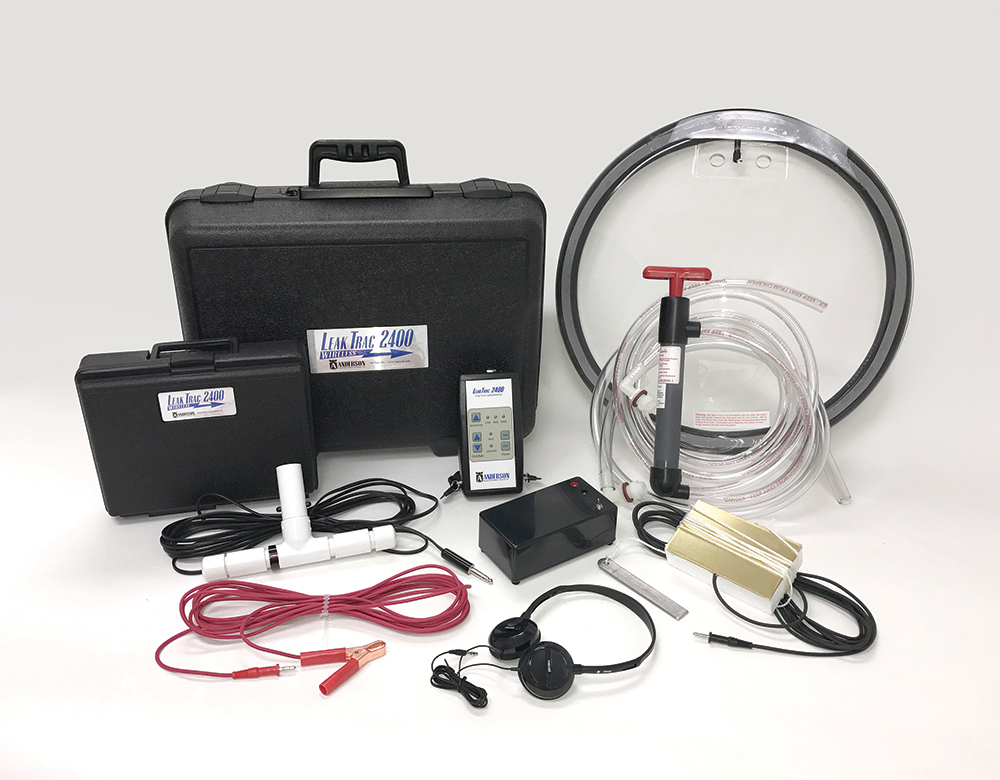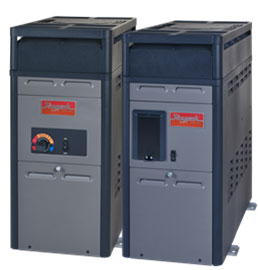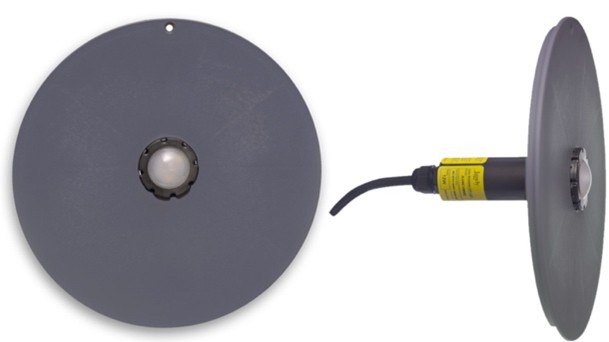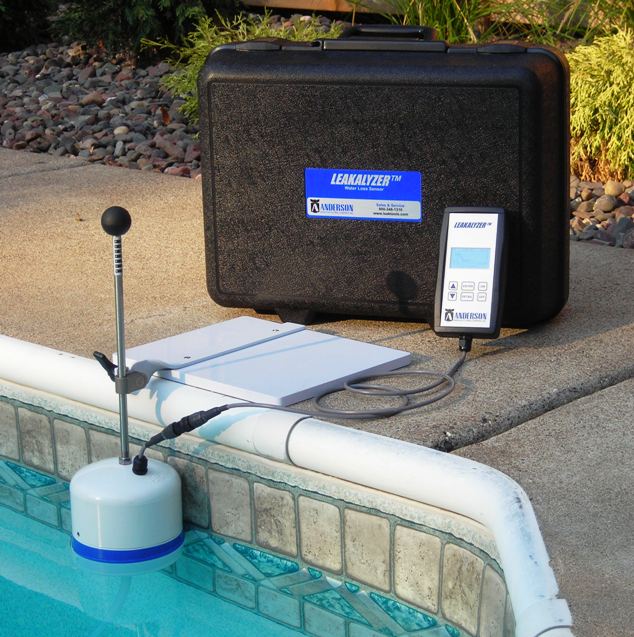Using rebar in aquatic design
Combining fibre and steel
Fibres made from steel, glass or plastic can also be used to reinforce concrete. This type of concrete is mainly used in pool decks, but it can also be used in combination with steel for pool shells, piers, walkways and bunkers. In addition to increased strength, builders using fibre-reinforced concrete can also benefit from cost and labour savings, as it is delivered to the job site pre-mixed into the concrete, saving the cost of purchasing and installing traditional steel bar.
Rebar placement guidelines
Building codes and structural engineers govern the placement of rebar in reinforced concrete. The following guidelines are general recommendations:
- Rebar should be free of grease, mud, grime and excessive snow and ice before concrete application;
- Rebar should be tied sufficiently to prevent excessive movement with shotcrete application;
- ‘Chair lifts’ (plastic, steel or concrete spacers) should be employed to ensure sufficient coverage of rebar with concrete and to prevent shifting of the rebar cage;
- Lap splices (when two pieces of rebar overlap to form a continuous line) should overlap 30-40 times the bar diameter;
- Ensure a minimum clearance of 63.5 mm (2.5 in.) between reinforcement bars to allow shotcrete penetration and minimize shadows (voids behind the rebar cage);
- To prevent shadows, a qualified or certified nozzle operator should apply the shotcrete;
- Rust does not have to be removed before concrete placement unless it is excessive; and
- All rebar should be grounded and bonded according to local building codes, which vary by jurisdiction.
Also, cast-in-place concrete should be vibrated to ensure adequate rebar coverage and to prevent voids in the concrete. The American Concrete Institute (ACI), which has chapters across Canada, recommends rebar be covered in concrete a minimum of 76.2 mm (3 in.) in cases where it is permanently exposed to earth or by 38 mm (1 in.) when using #5 (16 metric) rebar or smaller and exposed to earth and weather, or for beams and columns.
Epoxy-coated rebar or hot-dipped, galvanized-steel rebar both have excellent corrosion resistance. Epoxy-coated rebar is subject to more delicate handling to ensure the coating is not removed during the construction phase. Normal, uncoated steel rebar is more susceptible to corrosion, which can increase the steel’s volume by 10 per cent and cause the concrete surface to rupture. All three types of rebar may be used successfully in aquatic environments.
Safety first
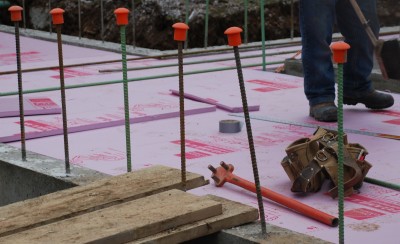
Rebar placement should be done safely to minimize any risk to the installation crew. Proper safety gear, including goggles, gloves and hearing protection should be utilized at all times. Always use proper equipment, such as mechanical bar benders and cutters, when working with rebar. Cutting rebar with a concrete saw should be avoided, as sparks can cause fires and small pieces of metal sent flying can rust on exposed surfaces, such as decks and house siding.
Impalement on protruding rebar ends is another serious safety hazard for both the construction crew and the client, who may be walking around the job site after hours. Placing plastic end caps on the rebar will protect against cuts and scrapes, while plastic mushroom caps with steel plate inserts will help prevent impalement. Rebar should be stored safely and securely on site, protected from mud, clients and vehicle traffic.
The use of rebar is common practice in the shotcrete and cast-in-place pool construction industry; however, it is seldom utilized in vinyl and fibreglass pool installations. Concrete reinforced by rebar is a proven, cost-effective construction technique that allows high-end swimming pool builders to be creative when designing sophisticated, complex aquatic features that can stand the test of time.
| Canadian rebar sizes | |||
| Metric Bar Size | Mass (kg/m) | Nominal Diameter (mm) | Coss-Section Area (mm2) |
| 10M | 0.785 | 11.3 | 100 |
| 15M | 1.57 | 16 | 200 |
| 20M | 2.355 | 19.5 | 300 |
| 25M | 3.925 | 25.2 | 500 |
| 30M | 5.495 | 29.9 | 700 |
| 35M | 7.85 | 35.7 | 1000 |
| 45M | 11.775 | 43.7 | 1500 |
| 55M | 19.625 | 56.4 | 2500 |
| Note: Metric bar designations represent the nominal bar diameter in millimetres, rounded to the nearest 5 mm. |
| THE MAKING OF REINFORCED CONCRETE |
|---|
| • Concrete is strong in compression, but weak in tension. • Steel is strong in tension, but weak in compression. • Rebar is high strength, high tension and has a thermal co-efficient similar to concrete. • The combination of steel and concrete is versatile, durable and cost effective. |
 Barry Justus is the owner of Poolscape Inc., a landscape contractor and pool designing and building company based in Burlington, Ont. He can be reached at barry@poolscape.com or by visiting www.poolscape.com.
Barry Justus is the owner of Poolscape Inc., a landscape contractor and pool designing and building company based in Burlington, Ont. He can be reached at barry@poolscape.com or by visiting www.poolscape.com.

